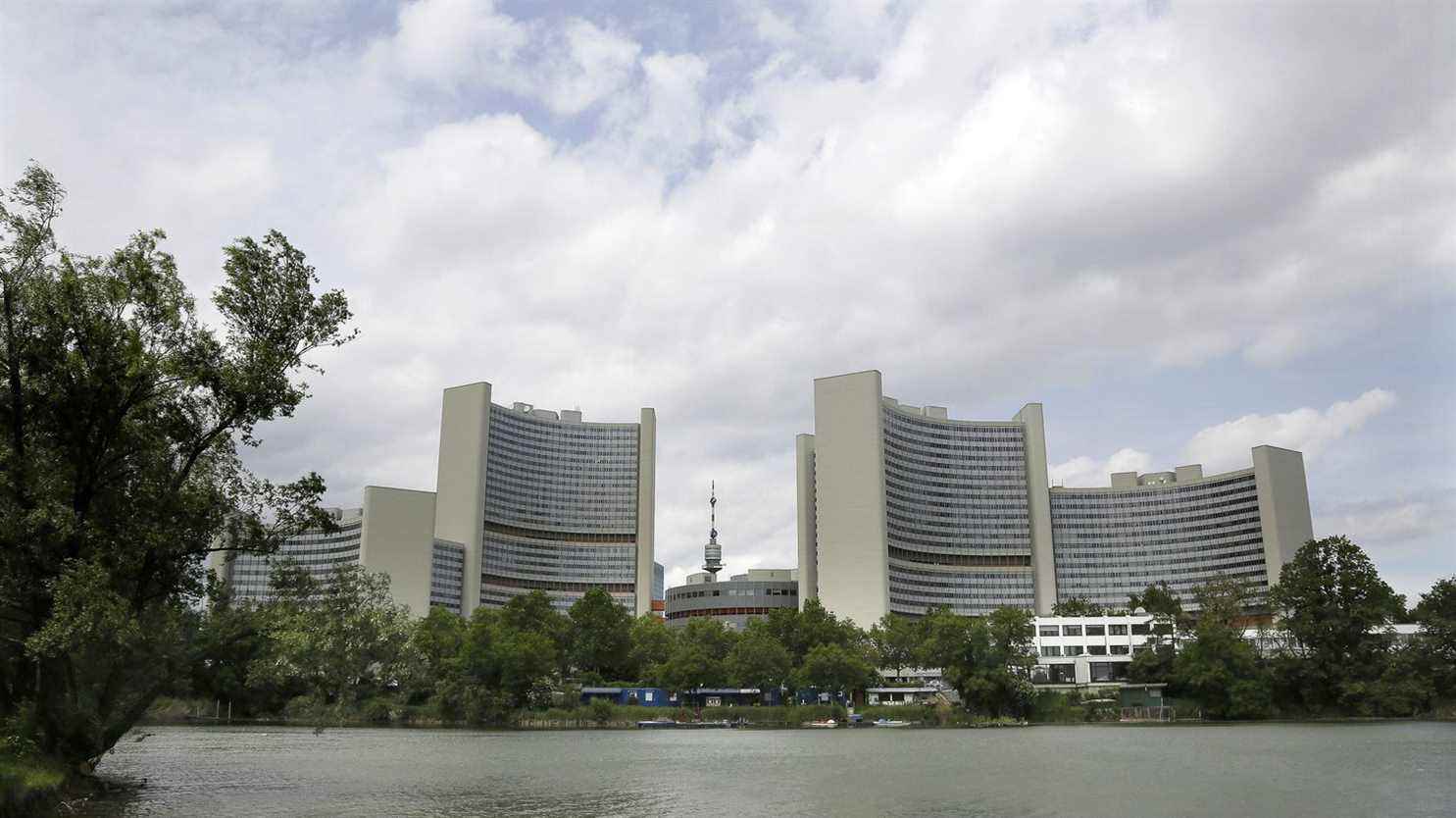While a demonstration is being held on Wednesday, November 10, at the initiative of elected officials from the Ile-de-France region in front of the Ministry of Housing in Paris to demand the construction of social housing, in Vienna, the Austrian city displays a model policy.
Vienna is a model
Social housing is an old story in Vienna. It dates back to 1919, after the First World War. That year, the Social Democrats came to power in Vienna and launched a vast program to build housing for the working classes. More than 60,000 will be built between 1919 and 1934. A policy that will continue over the years, to the present day. Vienna now has 220,000 municipal housing units, ie social housing that belongs to the municipality. They are located in the very heart of the city and offer very attractive prices: from 450 euros rent, for example, for a two-room apartment. These housing units are not only intended for the most precarious since the income limit for claiming it is set at more than 3,000 euros net per month to promote social diversity.
In addition to these communal housing, there is also subsidized housing in Vienna. The city pays subsidies to developers who build non-profit housing, with moderate rents. This concerns 200,000 homes. If we add all this together, we come to a clear conclusion: 60% of Viennese today live in a dwelling with a ceiling. In Vienna, as elsewhere, real estate pressure is increasing, in the private sector, rents increased by more than 40% between 2008 and 2016. Vienna wants to stop this phenomenon and therefore imposed a new rule in 2019: all new construction of more than 5,000 m2 must consist of at least 2/3 of subsidized low-rent housing. According to Kathrin Gaal, in charge of housing at the municipality, it is because Vienna has a direct influence on 420,000 housing units, or almost half of Viennese housing stock, that the city can act. In Vienna, nearly 80% of the inhabitants are tenants.
Housing at the center of debates in Sweden
In Sweden, too, the issue of housing is at the center of the debate. It was even at the origin of an unprecedented political crisis: it is very recent since it happened last June. For the first time in Swedish history, the government was defeated by a vote of no confidence in parliament. And the reason for this coup was not the migration issue, or the management of the Covid-19 crisis, but the housing problem. Because Sweden lacks housing and the Swedish model is unable to renew itself. One of the pillars of this model is rent control. Sweden is a country where collective bargaining is very important and each year the association of tenants meets with that of landlords to agree on the average evolution of rents, which slows their increase. The problem is that for some, this system also slows down the construction of new housing – because their rental is less profitable -, explaining the saturation of the rental market. The Social Democratic government wanted to change this by introducing free rents for new constructions, thus more income for owners, and therefore more expensive rents. It was not yet a law put to the vote, just a draft, but it was enough to rob the Association of tenants and especially the rest of the Swedish left which resolved to overthrow the government.
In the end, the bill did not pass and the population continued to increase, and the rental housing deficit widened. The municipalities, which hold most of the building stock, therefore set up waiting lists which can be very long: it takes between six and twelve years to obtain a first-hand rental in Stockholm / six years in Gothenburg, the second largest city in the country. So even if you register at the age of 18, you will have to wait, and the only solution you have left is the sublet market. And there, the rents are not framed. To give you an example, in Stockholm, you have to spend on average 1,100 euros for an apartment of 40 square meters, an increase of 10% in one year. Not to mention that you often have to move after a year because the trustee does not allow you to rent your accommodation for longer. And if you want to become a homeowner, it’s just as difficult: in Sweden, the covid crisis has been accompanied by an increase in purchase prices, house prices have increased by almost 20% in one year, and that of apartments, 8%
